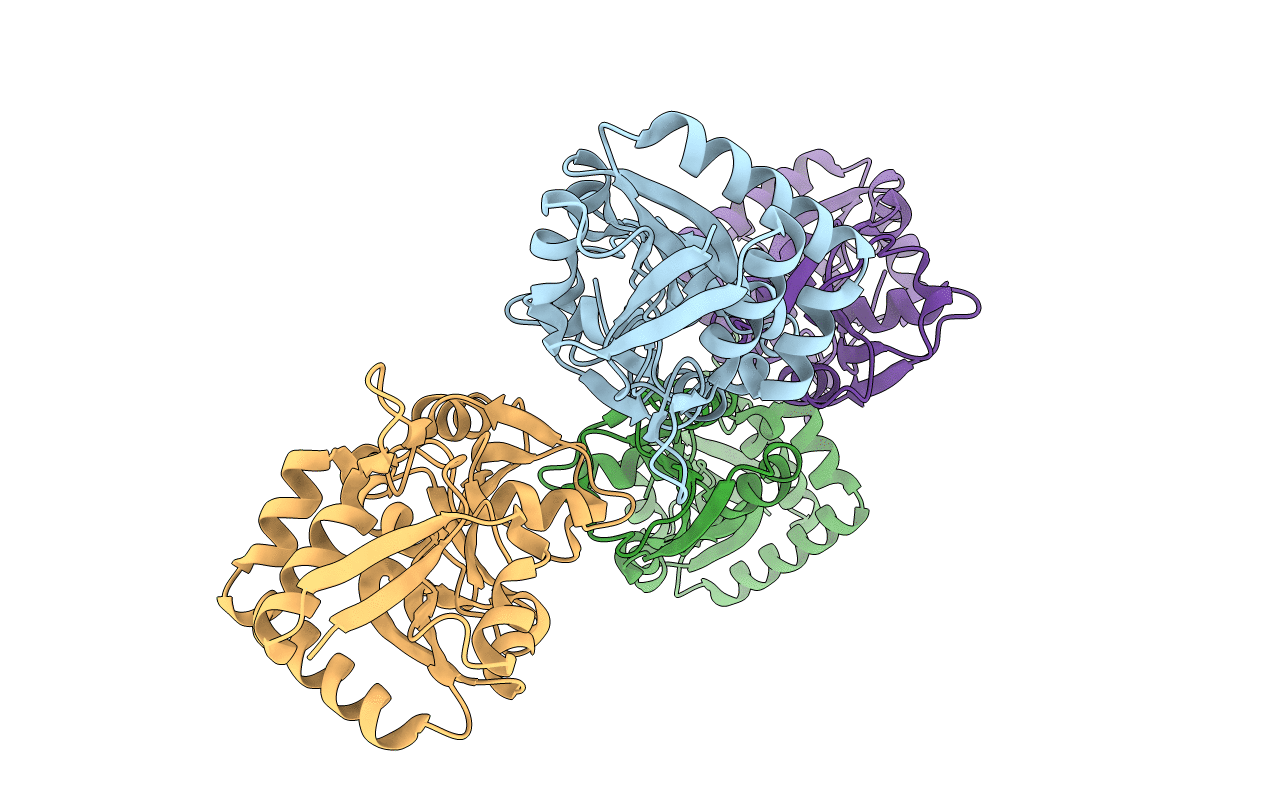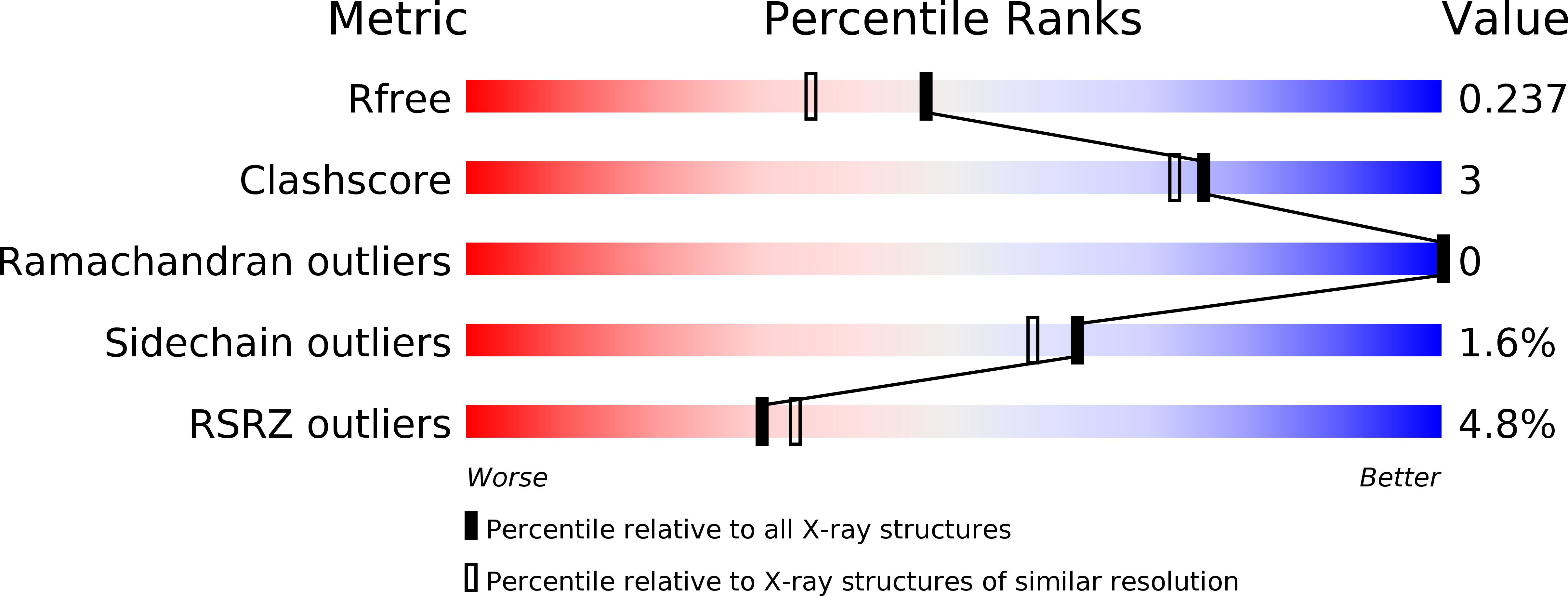
Deposition Date
2008-06-10
Release Date
2009-06-16
Last Version Date
2024-03-20
Entry Detail
PDB ID:
3DEL
Keywords:
Title:
The structure of CT381, the arginine binding protein from the periplasm Chlamydia trachomatis
Biological Source:
Source Organism:
Chlamydia trachomatis (Taxon ID: 813)
Host Organism:
Method Details:
Experimental Method:
Resolution:
1.92 Å
R-Value Free:
0.21
R-Value Work:
0.19
R-Value Observed:
0.19
Space Group:
P 1 21 1


